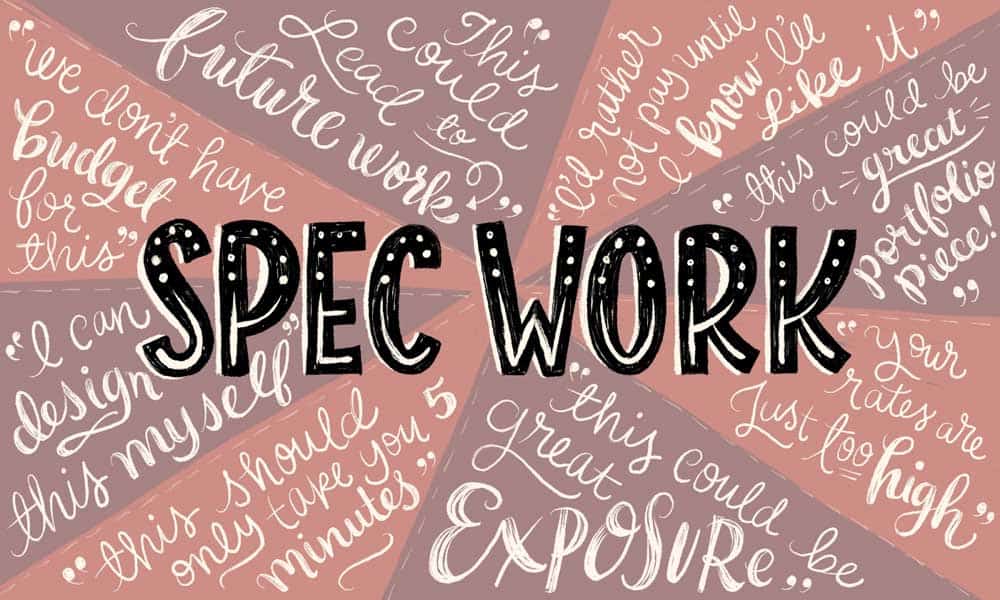
21 Jan Spec Work In Design – The Pros and Cons
Spec Work In Design – The Pros and Cons
Whether you are a designer with years of work history in the resume, or a freelancer looking to find sure footing in the industry, you might have thought to gain experience through spec work.
Additionally, you might have come across suggestions to enter competitions or volunteer designs for businesses online.
Websites like 99designs and Crowdspring hold such deadline-centric competitions.
These competitions require designers to make various interpretations of the client’s demand.
After that, designers deliver to the best of their abilities to improve their chances of winning the competition.
Even though these are reputable websites, clients can still refuse to pay or demand a refund if your work fails to meet standards.
What is Spec Work exactly?

Speculative work, commonly known as Spec work, is the act of client wanting to see a sample or finished design before transaction or payment.
Over the years, this work has turned into an online competition where clients mention their specifications and demands, for designers convey their ideas accordingly.
Later, whichever idea client finds the best, they pay for it, and the rest of the designers watch as their work and effort is wasted.
An example of spec work would be a labourer doing a hard day’s work and receiving no compensation whatsoever for their effort.
Why? Because the client did not find the work up to their standards.
Spec work is indeed very tempting for freelancers and beginners; the cons outweigh the pros for clients and designers alike.
Many beginners are unaware of the damages done to their craft and dignity in the process.
Additionally, it does not only waste their time but efforts as well. Conversely, the pros and cons are not just limited to the designer; it affects the client just as much.
What Are The Pros And Cons For A Client?
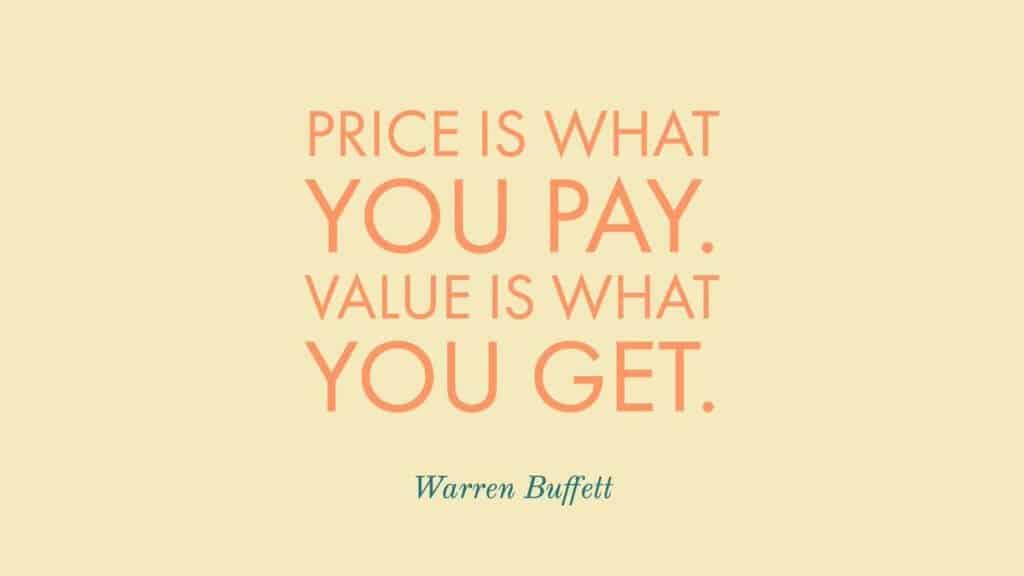
Even though many consider the nature of the work unethical and controversial, there are some underlying benefits for a client.
However, the benefits for a client are the bereavement of the designer. What exactly are the pros for a client in spec work?
- It is affordable. Perhaps the most alluring fact about spec work is that it manages to draw clients because it is cheap, not cost-effective. Companies with significant online presence are always on the lookout for cheap solutions. However, most respected companies never choose to walk this path, those with fewer solutions and more money look up to spec work to find a resolution.
- Variations: another fact that woos the clients is that they can get hundreds of different designs while they only have to pay for one. As mentioned earlier, indecorous companies and brands look for solutions that provide more for less.
Nevertheless, what are the cons for the client?
- Possibly the most unnerving facet of spec work is that you hire someone and his or her design for you turns out plagiarised. Spec work competitions online, which happen all the time, not only encourage unoriginal ideas, but they also inspire plagiarism in the process.
- Mediocre quality and limited revision: this is perhaps the most important con of spec work, as it provides no future guarantees of modifications and changes. Considering brands require designing work revisited for different scales and markets, this is a massive con for the ever-evolving marketplace.
There are more pros than cons for the client.
However, the clients end up hurting their reputation in the industry.
Instead of building on a professional relationship with a specific designer or agency, clients develop their image as intricate and indecisive.
What Are The Pros And Cons For Designers?
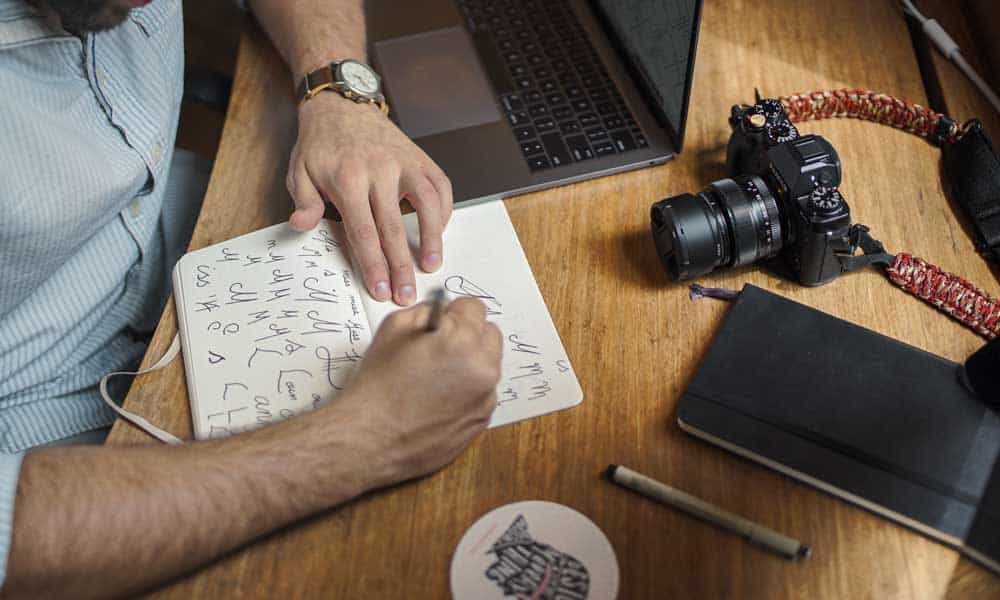
One of the common arguments that pro-spec work designers present is that it helps new designers.
Now many professionals in the design industry find no pros to spec work.
However, those who are in favour of spec work present these as pros:
- Comprehensive outreach and the possibility of surpassing the contest with your skills
- A variety of work to choose and deliver, gaining valuable experiences
- A startup can benefit by creating a portfolio
- It opens up doors to meet peers
All of these are not necessarily false claims.
However, all of these pros pale in comparison, considering the many cons there are in spec work for designers. Some of them include:
- Many talented designers with potentials end up diminishing their craft and industry
- There is little to no guarantee that there is compensation to your efforts
- There is no legal protection of your valuable work, aka no copyrights
- Professionalism plays no part in winning competitions, as clients judge entirely based on their likings
- If your efforts go unpaid, your time and struggle are wasted
- There is no knowing what a client exactly wants. Hence it ends up shooting an arrow in the dark.
Notice how cons are more than the pros.
Additionally, the weight of the cons is far higher than that of the pros.
Not only does it dishearten designers who eventually end up losing, but it also makes them question their ability.
Apart from the fact that it is demeaning to the profession of design, it also clouds a designer’s judgment.
They question themselves, whether their craft is up to standards. It also desecrates the art of design and sheds a bad light on the profession.
How Spec Work Desecrates the Art of Design
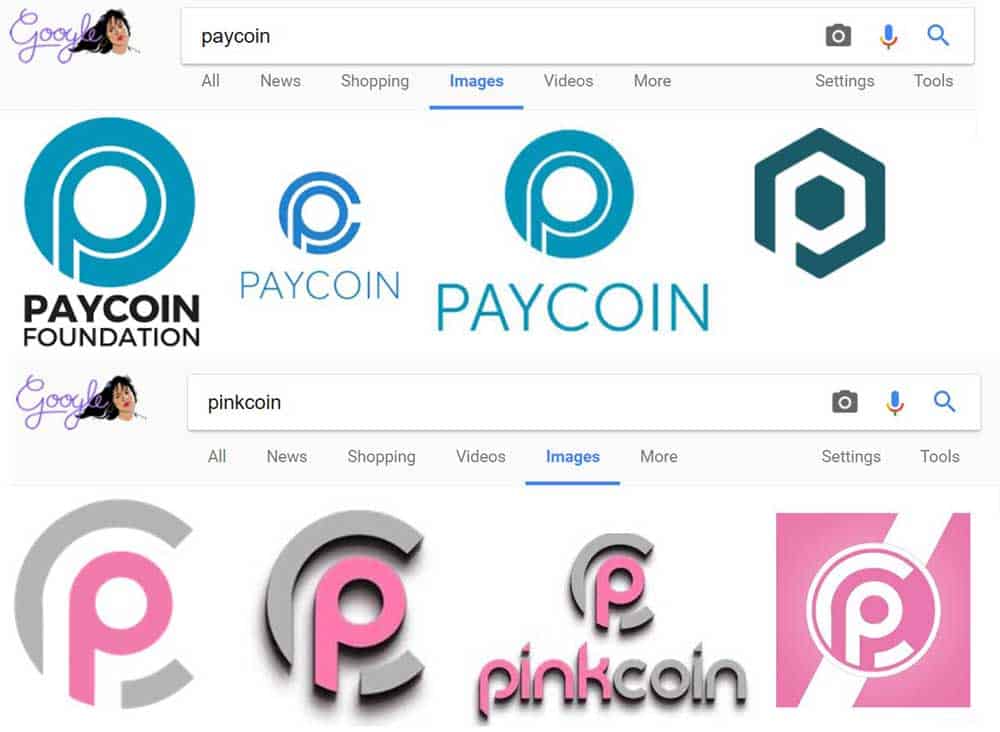
The American Institute of Graphic Arts asserts that work done without compensation compromises the quality and professionalism of design.
It ends up encouraging compromise on quality that a client expects.
Additionally, AIGA proclaims that spec work:
“violates a tacit, long-standing ethical standard in the communication design profession worldwide”.
They also discourage any practices regarding spec work, especially requisition of artwork without any promise of the payment beforehand.
Additionally, AIGA daunts that companies and clients asking for spec work do not possibly realise how far from ethical spec work is.
However, it is very tempting for beginners in design fields, but they end up being disheartened as clients reject their valuable work.
Nevertheless, spec work is not to be confused with crowdsourcing.
Even though most spec work websites and clients claim to be the crowdsourcing firms.
Difference between Spec Work and Crowdsourcing

As defined earlier, spec work is simply a task handed over to a designer with no promise of payment until the client approves it.
Whereas crowdsourcing is a branch of co-creation.
A company asking for crowdsourcing would sound something like:
· “Choose out of these few designs we have, and the one you like the most will be selected.”
Whereas the client or company looking for spec work sounds:
· “Provide us with a design, and we will select the one we like the best in return for a reward.”
Do you notice the difference?
Crowdsourcing is seeking approval to provide a better product or service.
Whereas spec work is the act of luring in designers to garner variety to choose from, to form a better commodity.
How Is Spec Work Unethical?
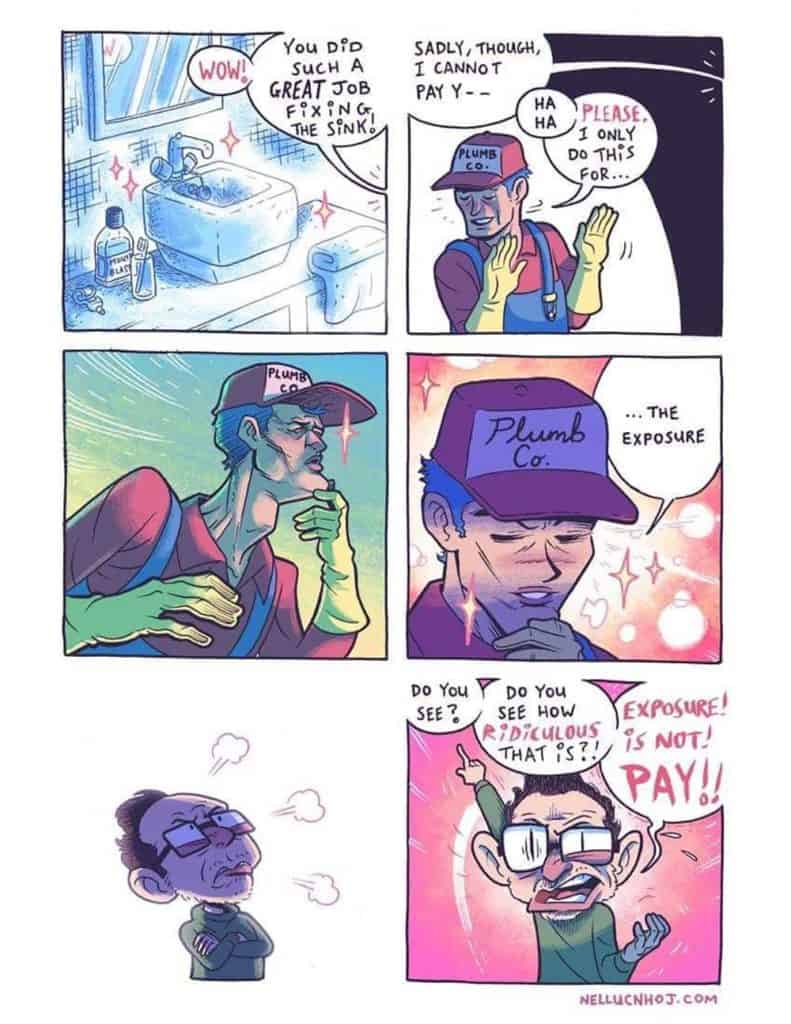
One can consider speculative work as hiring many people, and paying the one you like the best.
In reality, what makes Spec work unethical is the amount of wasted effort and time.
No doubt, some companies genuinely seek talented designers.
However, over the years, spec work has also generated many false advertisements and competitions.
Not only do they make designers work for free, but they also demean their art form in the process.
Another unethical facet of spec work is that it rarely matters whether a subject wins or loses.
There are no guarantees or promises for future work or payments.
Additionally, it provides no copyright or ownership to the designers.
In result, many times hard work of designers end up online, and no copyright claim renders their efforts useless.
Why It Should Not Be Promoted
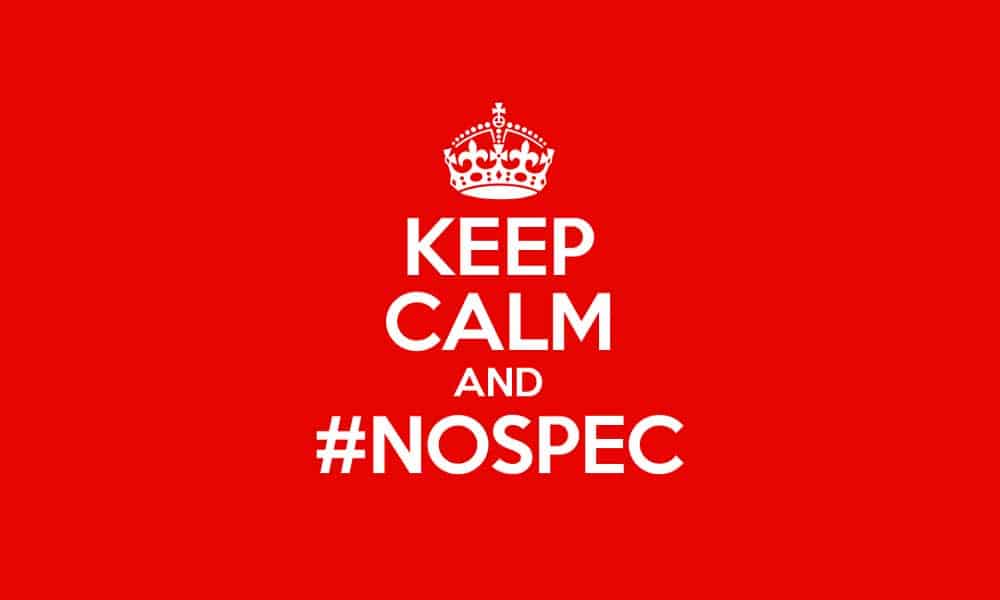
Promoting or facilitating Spec work encourages a myriad of unethical practices.
For example, creating a logo requires extensive research, days and sometimes months of planning.
Spec work can urge logo designers to go down the plagiarism road to win a competition or get their work selected.
Apart from plagiarism, spec work promotes unoriginal and clichéd ideas.
A lot of the time, designers are bent only on winning the competition.
In result, they end up copying ideas from other designs, and artists.
Conclusion
It is not always wrong to work freely, specifically when it is for a good cause.
There are other ways for beginners in designing who want to create a portfolio and gain valuable experience.
For example, working for a local non-profit organisation or NGO (non-governmental organisation) can help hone your craft, all the while working for a good cause.
Whereas companies are encouraged to be lenient towards crowdsourcing rather than spec work.
Spec work compromises many things at once.
Clients compromise quality over quantity and variety, whereas wrong advantages can be taken of designers.
Various industry professionals and organisations, like AIGA, discourage and degrade spec work practices.
Not only does it diminishes a valued industry, but it also demoralises the skills and capabilities of the writers.
Author Bio: Valeed Rehman is an Inbound Marketing Expert from Logo Venture Australia. His previous experience includes Digital Marketer and Content Strategist for reputed Digital Agency. His passion lies in content creating on different niches and helped many brands like Graphic Design in expanding their business. Follow him on LinkedIn and twitter @valeeddd.
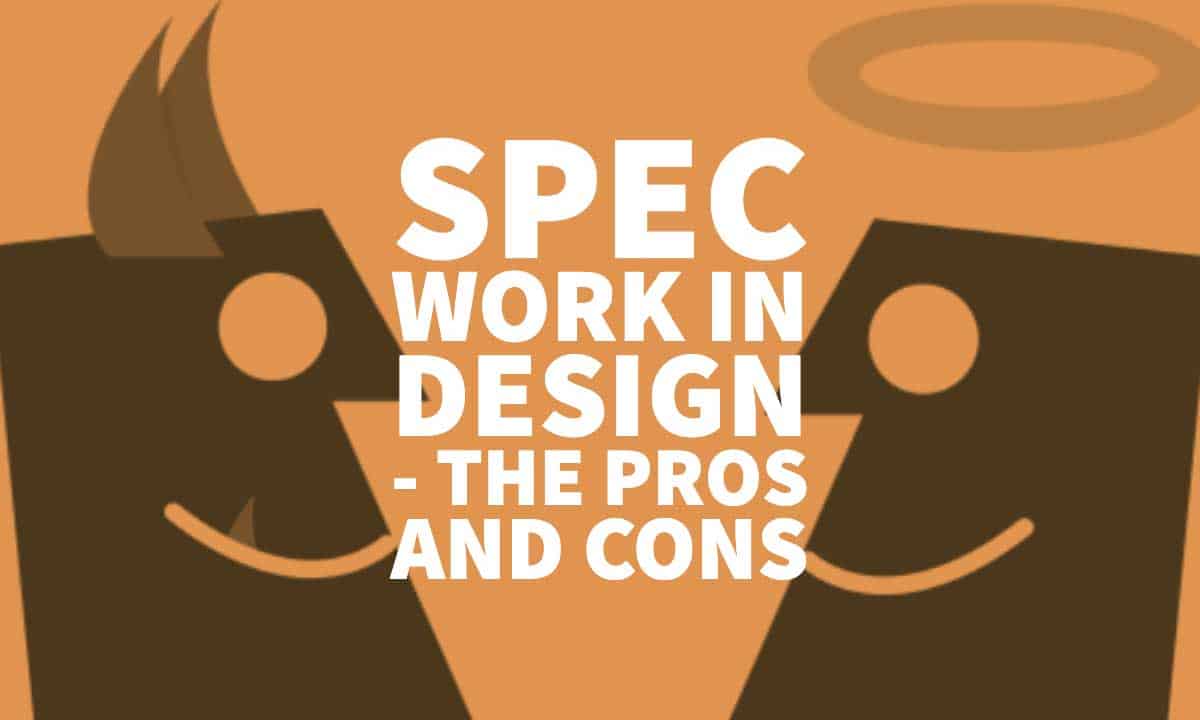
The post Spec Work In Design – The Pros and Cons is by Stuart and appeared first on Inkbot Design.


